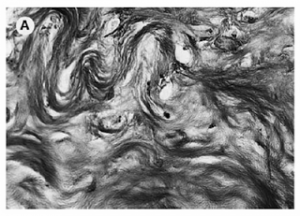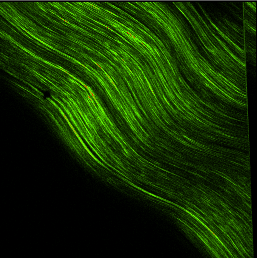By Jeffery D Regan LPT RTR, Director of Physical Therapy OAM
In the last blog, we looked at the what’s behind tendonitis and tendonosis and began the a discussion on rehabilitation of these two issues. In this blog, we’ll be looking at tendonosis and how we rehab with this diagnosis.
Rememeber, if “Tendinosis” is suspected, you will have had prior problems with tendonitis in this same area. At this point, the tendon has gone through changes where healthy tendon fibers, with both vascular and neural components, have been replaced with scar tissue fibers. These fibers are random in orientation and the tissue has no vascular or nervous make up. Therefore, the tendon has less tensile strength, no blood supply, and little feedback as to where it is in space or its tension. This is usually where complete rupture is a possibility. Rehab of a tendinosis problem will usually take months, so patience is important.
Tendinosis also has 3 phases of treatment
1. Protection Phase
2. Tendon Remodel Phase
3. Return to Sport Phase
Protection Phase: It’s what the name implies: Protect the tendon. Do this first by stopping activity. In this stage, we want to make changes to the tendon, so the initiation of low-load stretching 2-3x per day, low resistance exercise such as aqua jogging or stationary bike is recommended. Aggressive friction massage (as described in the previous blog) right from the start is also essential. The use of modalities such as ice, heat, ultrasound, Estim, laser, etc. has been shown to be of some help in localized vasodilation to the area. In theory, this can help restore a vascular component to the tendon. Other more aggressive techniques such as plasma injections, high frequency ultrasound, FAST surgery techniques are aimed at restoring a blood supply to the tendon to help it restore healthy fibers. Steroid injections with this phase, in my opinion, will have little long term help and may cause complete rupture by further weakening the tendon. The goal here is to observe pain free sessions during the actual exercise or stretching. It’s okay to have minor soreness that dissipates quickly after the activity. When you have zero pain, move to the next phase.
Tendon Remodel Phase: This is the rebuild phase. We allow the prescribed activities to begin rebuilding a healthy structure around the tendon. During this phase patients continue the above exercises, but add open and closed-chain, one plane, eccentric strengthening exercises while continuing the stretching routine. Initially, there may be some minor pain either during or after sessions, but this will resolve after a couple of weeks. Once pain has subsided, the phase moves on to a large number of repetitions every day i.e. 2-3 sets of 20 reps 3-5 x per day with low loads, progressing to body weight for lower extremity issues or half body weight or less for upper extremity issues. If the individual can get to the point of large volumes of repetitions with body weight and no pain, s/he can start to resume protected exercises such as light elliptical eventually progressing to jogging. At this time, we’ll also introduce concentric, eccentric, and isometric strengthening on machines or with free-weights (be careful, go easy at first). If this can be accomplished without pain, we’re ready for the next phase. Studies have shown it may take up to 100 days for collagen to remodel.
Return to Sport Phase: This is the same phase as with tendonitis. Continuation of the above exercises and stretching, along with initiation of one plane activities that are sport specific at 50%. We’ll slowly increase intensity and add multi-plane exercise. When pain free, we initiate a gradual return to practice, then to game play or full participation in sport.
Be methodical and go slowly at this point, you have gone through a lot. Don’t rush to get back until your body is ready and your body will let you know. The goal here, through each stage, is to introduce activity without pain so that you may return to sport, and not return to treatment.
Hope this helps
Keep your Stick on the Ice
Jeff












